The explosion hazard of the room is determined by the state of the production space in which a fire is allowed. Depending on the burning rate, the degree of danger of destruction, human exposure harmful factors objects are divided into hazardous areas. The classification takes into account the volume and distribution of the hazardous environment, the operation of the equipment in emergency and standard mode, the predisposition of the dust cloud to transition to a suspended state, the indicator of the concentration of the substance for the flash and the combustion temperature.
Key indicators for determining the degree of danger
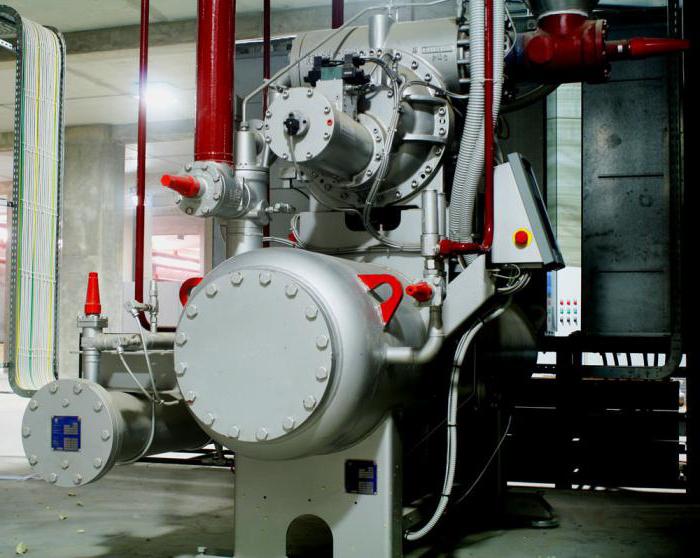
An explosive atmosphere is characterized on the basis of the parameters:
- temperature limit sufficient for ignition;
- the speed of propagation of fire during combustion;
- minimum oxygen concentration leading to an outbreak;
- the sensitivity of components to shock loads, friction.
The strength of the explosion is determined depending on the positions:
- emerging shock pressure at the wavefront;
- the rate of increase in explosive pressure to the limit;
- destructive forces of a hazardous environment.
As a result of the explosion, the action of the shock wave is manifested, the flame spreads, the fire destroys structures, communications, power lines. Fragmentation of fragments is dangerous for human health and life, as well as harmful substances, coming into the environment.
Explosion Reduction Measures
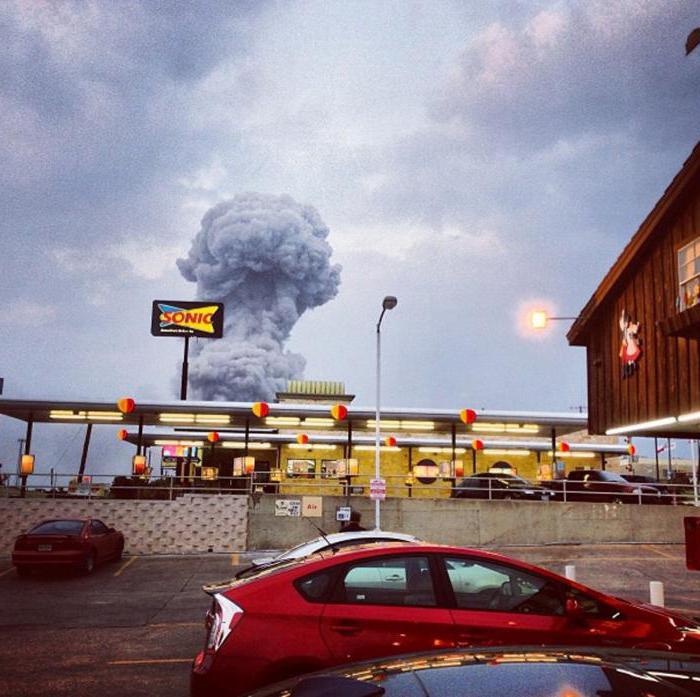
The initiators of the dangerous situation are gas, steam and dust mixtures interacting with air and various oxidizing substances, as well as individual explosives. The class of the explosive zone depends on the type of incandescent or burning objects, discharges of electricity, heat from chemical reactions and mechanical shocks, sparks, shock waves, solar radiation, electromagnetic radiation and other orders.
Technical organizational measures are used to reduce the risk of fires and reduce the number of sources of explosions. All of them are developed taking into account the study of the properties of materials and substances involved in the combustion and flash processes. To reduce the effects of explosive atmospheres in industrial and technological premises:
- regular monitoring of the composition of air and the environment;
- sealed explosion-proof equipment is installed;
- explosive air masses are vented through ventilation;
- the dangerous composition of substances is maintained outside the area of a possible outbreak;
- inhibitory additives are used;
- electrical equipment with a high degree of protection against fire and fire is selected.
Hazardous areas. Classification
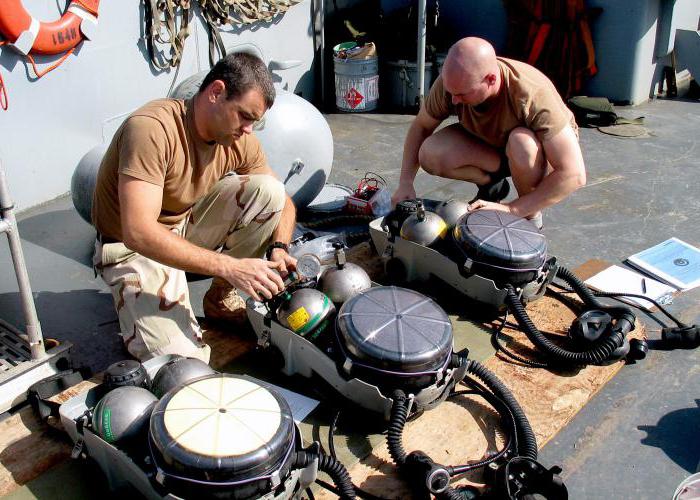
The division into hazardous areas is carried out for the installation of electrical installations in accordance with the rules of PUE-85:
- Zone B-I is characterized by the emission during the production of gases with combustible properties and vapors in an amount sufficient to form explosive air concentrations;
- zone B-I A differs from the previous one in that explosive air mixtures are not formed during production, but only when equipment is malfunctioning or in case of accidents;
- Zone B-I B stand out in halls where gaseous mixtures have a high concentration, a high degree of ignition and a pungent odor, they include workshops with ammonia compressors and absorption refrigerators, with equipment emitting hydrogen of not more than 5% in the total volume of the room and laboratory;
- zone B-I G is located directly in places of increased accumulation of combustible gases, next to installations containing hazardous substances (surface tanks, gas holders, devices for loading flammable liquids, sedimentation tanks for oil waste, etc.);
- in zone B-II, combustible fibers or dust are emitted in an amount capable of creating hazardous explosive mixtures with air masses during the normal production process, for example, during loading operations in machine bunkers;
- Zone B-II A differs from the previous one in that emergency situations associated with the release of fibers and dust, occur only in emergency situations.
Fire hazard zones. Classification
Zone Division fire hazard It is carried out for the correct operation and determination of the category of explosiveness of technological units, prevention of the appearance of ignition centers:
- Zone П-I is noted in workshops where work with combustible fluid materials occurs, with a flammability threshold of more than 60 ºС;
- Zone P-II is characterized by the fact that a working process unit emits dust and fibers with a high risk of ignition in the amount of 65 g per cubic meter of space;
- in zones P-II A, solid combustible substances are used in the manufacturing process;
- zones P-III are located outside the space in which combustible liquid and solid substances are used.
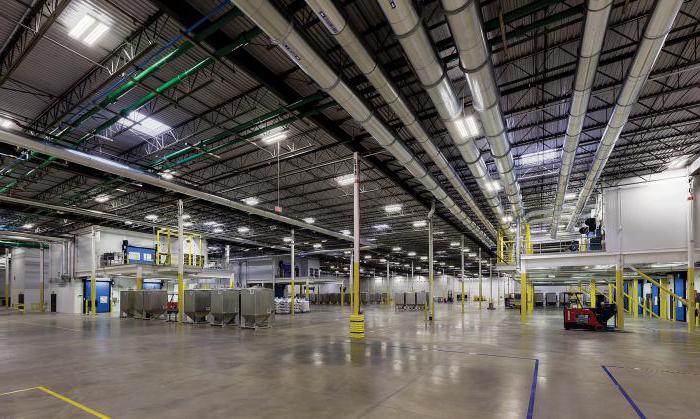
Classification of zones by NBA
The room of explosion hazard category “A” is characterized by the use and emission of gases and liquids with a flash point of not higher than 28 ºС. These substances form explosive mixtures, while the wave pressure exceeds 5 kPa. Category “A” also includes those workshops that handle aggressive substances that can explode when interacting with air, water or mutual contact, while the wave strength is more than 5 kPa.
Explosion hazard category “B” is characterized by the use and release of flammable fibers, dust and flammable liquids with a flash point above 28 ºС during the production process. In the explosion of such substances, the wave pressure has an index exceeding 5 KPa.
Classification of premises in accordance with GOST
There is another procedure for the separation of zones according to the degree of explosion hazard:
- Zero-class rooms are determined by the fact that they constantly have a concentration of explosive substances for a long time. Such zones include the space inside the case of equipment, machines and mechanisms.
- The first class includes rooms in which explosion hazard indicators are at a critical level during normal operation of the workshop and the normal production process.
- The second class is equivalent to rooms in which there are no dangerous conditions, and if they appear, then only as a result of emergency situations, these situations are not taken into account when calculating and installing equipment.
- Zones belonging to class 20 are characterized by a constant dusty presence in the atmosphere in an amount leading to an explosion, or by a shell of concentrated fibers that are highly flammable when used, such areas are located inside the equipment.
- Explosions from concentrated accumulations of dust, gases or liquids occur in zones of class 21; these areas are located in close proximity to the hazardous substances.
- The class of explosive zone 22 indicates the rare occurrence of dust clouds and preserving concentration for a short period of time during normal operation of production equipment. If at the same time such accumulations are not eliminated, then the room is transferred to class 20. Class 22 also includes those zones in which dust settles and accumulates in a thick layer, for example around machine tools or grinding mechanisms.
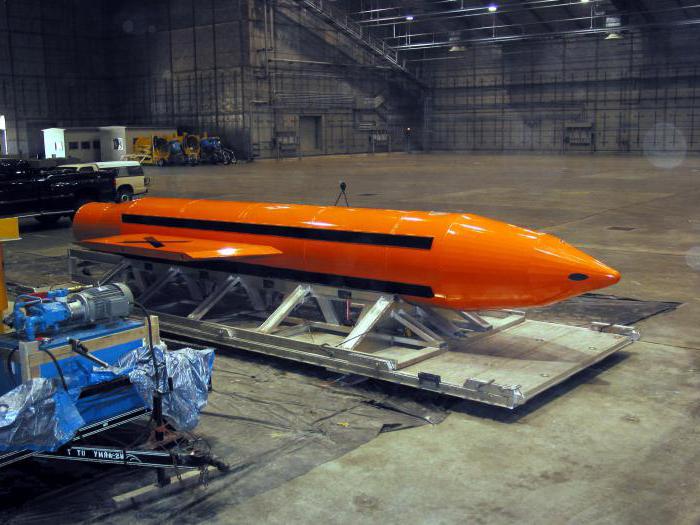
Selection and installation of equipment
If moving parts of the equipment during operation emit sparks, then such machines and installations are carried outside the boundaries of the hazardous area. This is done in the absence of difficulties in remote work and an increase in the cost of removal of the unit.Machines located within the hazardous area are installed taking into account safety requirements and protected by certain measures.
If portable electric devices for operation are installed in the zone, then the explosion hazard of the room is calculated first, then the need for the required quantity (for example, lamps) is determined, only then their operation is allowed.
Equipment used for working in wet and chemically aggressive environments is protected from water, the active influence of destructive substances and dust. Installations and units operating in open space are protected from the effects of external atmospheric phenomena. Electrical devices that are installed on mechanisms where there are no frequent reversals and starting moments are protected from overload by the use of a relay that operates in a certain period of time.
According to the following rules, marking is made on any electrical equipment. Machines and electrical devices operating in the environment of combustible mixtures of the PS category are protected by an explosion-proof shell and installed in such a position that the flange clearances do not touch closely any of the surfaces, but are separated by 50 mm from it. Explosive installations intended for use in a flammable mixture retain their safety if they are in conditions for which they are specially protected.
Mandatory marking on machines and plants

In hazardous areas, the following is applied on the machines:
- designation of the degree of protection against explosion of an electrical installation;
- designation of an international standard indicating compliance with the equipment being installed;
- the ratio of equipment to one of the types of protection (d, e, q, n, s, i, o, etc.); for group i, a subspecies (ib, ic, ia) is mandatory;
- on explosion-proof equipment, the type of the group and subsystem to which the device belongs is applied;
- a class is set that determines the temperature;
- the X sign in the designation indicates the required special conditions for safe use, the letter U indicates the use of the Ex component.
Zone ventilation air purification device
For some type of equipment, this type of protection is provided, such as purging the shell under pressure. In the zones, control devices are installed for overpressure, increase in temperature indicators, and the ventilation system of explosive spaces is carried out taking into account the following requirements:
- pits for foundations, foundations, gas pipelines are constructed in such a way that they do not form stagnant areas and windproof zones with concentrated combustible air mixtures or vapors of flammable fluid substances;
- supply air ducts supplying shielding gas from fans to equipment are laid in safe areas;
- the passage of protective gas ducts underground or the floor of the workshop in explosive areas is permitted if particles of combustible fluid liquids are excluded from them;
- the equipment installation instructions indicate mandatory control devices installed in ventilation systems, all of them are located in designated places, replacement with such devices or a change in the connection method must be agreed with the manufacturer;
- if the equipment provides for oil filling, and live parts are present, then such machines are equipped in places protected from shocks, and measures are taken to prevent splashing of oil from the machine;
- in explosive rooms of classes B-II A and B-II, machines are used for operation in areas with combustible fibers and dust emissions, if they are absent in zone B-II A they put dust protection on the equipment;
- explosion-proof equipment with an outer shell arranged for operation in hazardous areas, from the point of view of fibers and gas, if the temperature on the surface of the machine is lower by 50 ºС than the ignition limit of combustible dust deposits, or two-thirds of the threshold for the onset of decay of non-combustible layers;
- for outdoor ammonia refrigeration equipment, the same protection is installed as for indoor indoor units;
- electrical equipment is selected according to special technological tables; if it is not possible to install devices according to the manual, replace it with a device with a higher degree of shell protection;
- in rooms where flammable explosive mixtures exist with a flash limit of more than 61 ° C, any equipment with a high degree of protection and a heating temperature on the surface of not more than a critical indicator of these initiators is used.
The choice of indicators of electric machines

The basic rules for the installation of electrical installations state that their voltage class must be up to 10 kV, and the level of protection against explosion corresponds to GOST 17494-1987 and appears to be higher in the tables. If the equipment of individual nodes have different levels of protection, then such indicators are not allowed lower than in the corresponding tables.
If machines and devices are used in zones of classes B-II, B-I, B-I A, then electric motors are located outside the danger zone, separated by a wall with no openings and an overlap of fireproof material having fire resistance more than 0.75 hours. The room is equipped with an emergency exit in case of evacuation and exchange ventilation, which allows distilling the volume of air in the workshop five times per hour of operation. The drive of the mechanism from the motor to the working part of the machine is passed through the thickness of the wall using the lining of the packing gland.
Electrical appliances and apparatus
To ensure the supply of electric current, electrical appliances are installed in hazardous areas. The classification of devices is shown in the special tables of GOST 14255-1969, from which it follows that the degree of protection should correspond to the directory or be higher. The conditions for the use of electrical connectors for devices that produce sparks during operation are also indicated there.
The number of connectors is limited and is allowed when operating only periodically operating electrical energy receivers. They are located in places where the lowest concentration of explosive mixtures. If the electrical circuits are switched without the danger of sparking, then general purpose connectors are installed.

Electrical installation rules determine that terminal assemblies, fuses and lighting switches are moved outside the danger zone. If intrinsically safe lines are installed, their capacitance and inductance index together with the characteristics of the connecting cables do not exceed the values in the tables and technical documents for the desired circuit. If replacement of the cable specified in the documentation is required, then it is done only after the conclusion of the test office.
In the circuit without the occurrence of sparks, products described in documents or commercially available general-purpose devices without their own current source, capacitance and inductance index (thermistors, thermocouples, thermometers, LEDs) protected by shells are installed. A line containing a thermocouple as part of a galvanometer and general purpose serves as a guarantee of safety against sparks of any explosive zone if the millivoltmeter does not have extraneous electricity circuits and illuminates the working scale.
Rules for the use of hoisting mechanisms in electrical operation
The electrical equipment of lifting elevators, cranes, the use of which determine the dimensions of hazardous areas, meets the requirements of the tables regarding the installation of mobile units.Cranes, hoists, elevators that are not associated with the production process, but located in hazardous areas, can have any level of protection against explosions and fires corresponding to the group of combustible substances used in the working area. Such equipment is used only in the absence of concentration of explosive and flammable substances during the operation of lifting mechanisms.
Arrangement of transformer, distribution and converter substations
Equipment of this type is not allowed to be mounted and installed directly in hazardous areas. The classification of power devices helps determine where and what to locate. Transformer and converter equipment is mounted in separate rooms or outside risk zones.
Single power cabinets for engine control with devices and equipment made according to the requirements of GOST are installed in risk zones of any category, but their number is limited by existing regulations. If such separate cabinets and panels are placed outside the zone, then they should not be protected, such as, for example, explosion-proof equipment.
In conclusion, it should be noted that the installation of equipment with protection from harmful substances and flammable mixtures will preserve the safety of the working area and avoid accidents at work.








